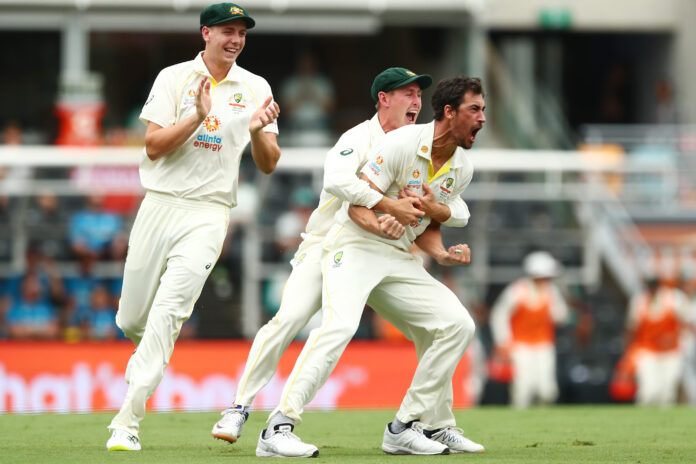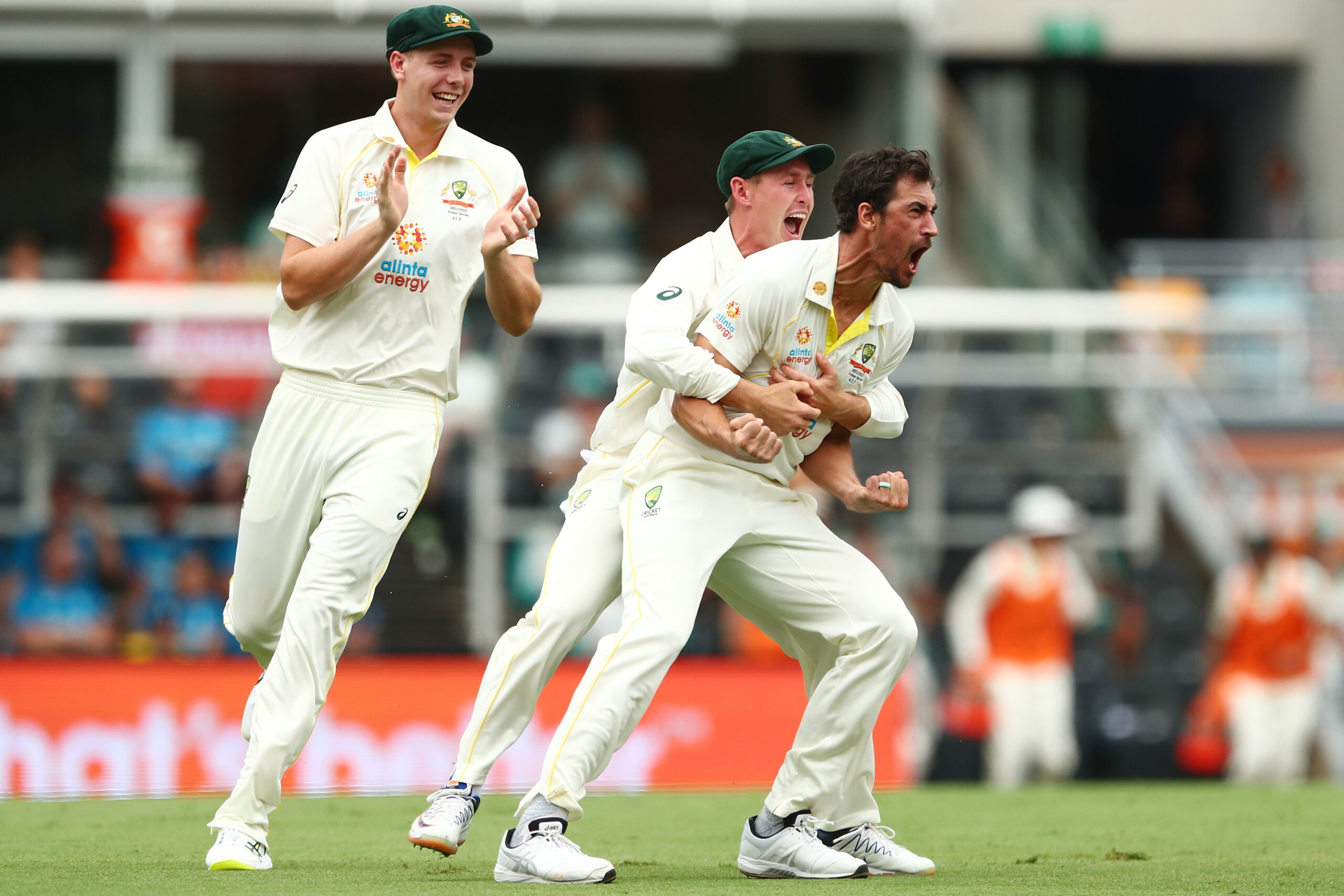

Cricket fans have made much of the mostly diabolical performances dished up so far by the English touring party in Australia.
It has been an Ashes series to forget thus far for England, with Australia's three resounding victories in Brisbane, Adelaide and Melbourne securing the historic urn for the third time in succession. That disappointment culminated in a seven-session thrashing in the Boxing Day Test that saw England capitulate to the point of embarrassment.
The result placed a clear exclamation point around pre-series fears that the tourists were well behind the locals when it come to most, if not all, facets of the game.
Most notable have been the obvious batting deficiencies outside of the stoic efforts of English Captain Joe Root. Aside from the odd session where James Anderson and Mark Wood have caused a few issues, the Australians batting line-up has also exposed bowling and tactical weaknesses that have contributed to the thrashing; one likely to continue in the final two Tests of the summer.
Whilst it has been all beer and skittles for the local fans, the ongoing health and prosperity of the longest form of the game always comes into question when such disparity between teams exists. The 2021-22 Ashes Series has reminded us of just how lacking in value Test cricket can become when one side beats up on another and the paying fan ends up being the most affected loser.
Joe Root's squad were fined their entire match payments for appalling slow over rates in Brisbane and both teams have been guilty of dragging the chain at different stages of the series. Things hit a low peak on Day 1 of the Boxing Day Test when just 80 overs were managed and fans were short-changed the best part of an hour of cricket for which they had paid.
That investment fans make in the game by way of attendance is far from meagre. The cheapest, restricted view single seat I could find for Day 3 in Melbourne was $45, a regular spot in one of the cavernous stands would set me back in excess of $100 and a $224 family ticket for four is nothing to sneeze at.
Throw in some cooling drinks, a snack or two, as well as transport costs and it is unlikely that said family could walk away from a day of Test cricket without topping the $300 mark; a couple of days wages for many people in Australia.
Prices for the upcoming Test in Sydney align closely with those charged in Melbourne and with another drubbing on the cards, one wonders whether those already invested through tickets bought many months back, maybe a little nervous about the length, quality and cost of the contest they are about to witness.
Such issues have plagued five-day cricket in the past and will continue to do so, as long as poorly prepared and uncompetitive touring squads such as the English take to the field against teams far superior to them in skill.
Forget the joy that the Australian's triumph in Melbourne brought the home fans, the issues of slow over rates, lopsided contests and the cost to the consumer are where the potential future of Test cricket lies. In that regard, the current Ashes series has been a clear failure.





